Home>Furniture & Design>Interior Design Trends>How To Fill Scratches In Glass
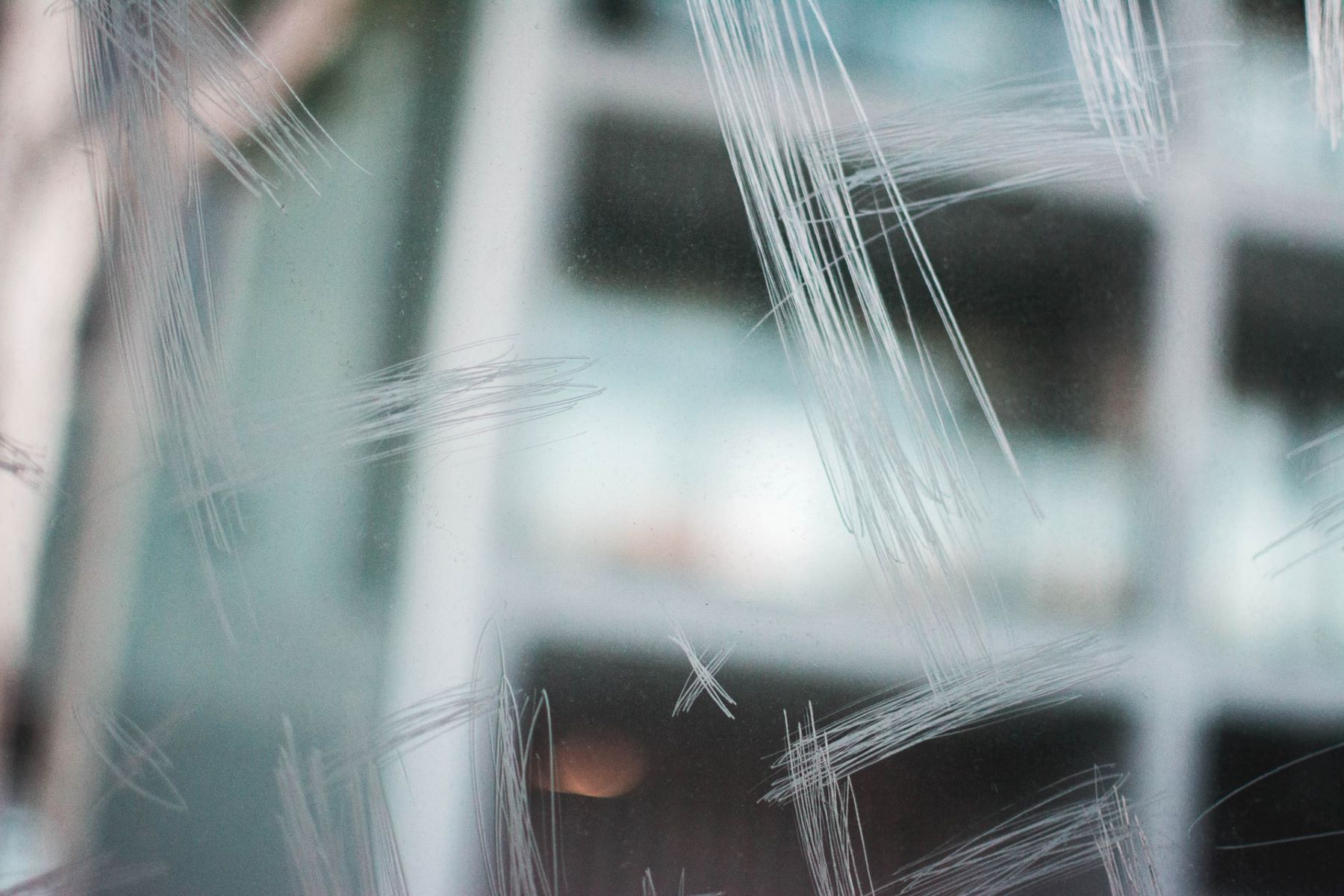

Interior Design Trends
How To Fill Scratches In Glass
Published: February 5, 2024
Learn how to fill scratches in glass and keep up with the latest interior design trends. Discover expert tips and techniques for a flawless finish.
(Many of the links in this article redirect to a specific reviewed product. Your purchase of these products through affiliate links helps to generate commission for Storables.com, at no extra cost. Learn more)
Introduction
Glass is a versatile and elegant material that adds a touch of sophistication to any space. Whether it's a stunning glass tabletop, a sleek glass window, or a chic glass door, the beauty of glass can instantly elevate the aesthetics of a room. However, despite its allure, glass is susceptible to scratches, which can detract from its pristine appearance. Fortunately, with the right tools and techniques, it's possible to effectively fill and minimize the visibility of these scratches, restoring the glass to its former glory.
In this comprehensive guide, we will delve into the art of filling scratches in glass, providing you with valuable insights and step-by-step instructions to tackle this common issue. By understanding the different types of glass scratches, gathering the necessary tools and materials, and following our expert guidance, you can breathe new life into your glass surfaces and maintain their impeccable allure.
So, whether you're a homeowner looking to revitalize your glass furniture or a business owner aiming to preserve the allure of your glass storefront, this guide is your go-to resource for achieving flawless, scratch-free glass surfaces. Let's embark on this journey to uncover the secrets of glass scratch repair and restoration, empowering you to preserve the timeless elegance of glass in your living or working space.
Key Takeaways:
- Glass scratches come in different types, such as surface-level, deep, hairline, cracks, and chips. Understanding these types helps in choosing the right tools and methods for effective repair and restoration.
- To fill scratches in glass, you need essential tools like glass cleaner, scratch filler, polishing compound, and protective gear. Following a step-by-step process and implementing preventive measures can maintain flawless glass surfaces.
Read more: How To Clean Scratches On Glass
Understanding the Types of Glass Scratches
Before delving into the process of filling scratches in glass, it's crucial to understand the various types of scratches that can mar its pristine surface. By discerning the nature of the scratches, you can determine the most suitable approach for addressing them effectively. Here are the primary types of glass scratches:
-
Surface-Level Scratches: These scratches are superficial and typically affect only the top layer of the glass. They are often caused by minor abrasions from everyday objects, such as keys, jewelry, or cleaning tools. Surface-level scratches are the most common type and can usually be addressed with straightforward repair methods.
-
Deep Scratches: Unlike surface-level scratches, deep scratches penetrate more profoundly into the glass, extending beyond the outer layer. These scratches are often more visible and can compromise the structural integrity of the glass if left unattended. Deep scratches may result from more forceful impact or contact with sharp objects, requiring specialized techniques to effectively fill and conceal them.
-
Hairline Scratches: As the name suggests, hairline scratches are extremely fine and narrow, resembling the width of a strand of hair. While they may seem inconspicuous at first glance, they can still detract from the overall clarity and smoothness of the glass surface, especially when exposed to light. Addressing hairline scratches demands precision and attention to detail to ensure a seamless repair.
-
Cracks and Chips: Although not technically scratches, cracks and chips are common forms of damage that can afflict glass surfaces. Cracks may emanate from a single point of impact, while chips involve the removal of a small piece of glass. These types of damage require specialized repair techniques and may necessitate professional intervention, especially for larger or more extensive damage.
Understanding the distinct characteristics of each type of glass scratch is essential for determining the most appropriate course of action. By identifying the nature and severity of the scratches, you can select the right tools and methods to effectively address the imperfections and restore the glass to its original luster. With this knowledge in hand, you are better equipped to embark on the journey of rejuvenating your glass surfaces and preserving their timeless appeal.
Tools and Materials Needed
When it comes to filling scratches in glass, having the right tools and materials at your disposal is paramount for achieving successful results. Here's a comprehensive list of essential items that you'll need to effectively address various types of glass scratches:
-
Glass Cleaner: Before commencing the scratch-filling process, it's crucial to ensure that the glass surface is clean and free of any dirt, grime, or residue. A high-quality glass cleaner will facilitate the removal of impurities, allowing for a clear and unobstructed view of the scratches.
-
Lint-Free Cloths: To maintain the pristine condition of the glass and prevent the introduction of additional scratches, lint-free cloths are indispensable. These cloths are gentle on the glass surface and are ideal for wiping away cleaning solutions and preparing the area for scratch repair.
-
Glass Scratch Filler: A specialized glass scratch filler, designed to seamlessly blend with the glass surface, is essential for effectively concealing scratches. Opt for a high-quality filler that matches the transparency and refractive properties of the glass, ensuring a seamless and virtually invisible repair.
-
Polishing Compound: A fine-grade polishing compound is instrumental in refining the filled scratches and restoring the glass to its original smoothness and clarity. This compound aids in buffing the treated area to achieve a uniform and polished finish, seamlessly integrating the filled scratches with the surrounding glass.
-
Microfiber Cloth: To facilitate the application of the polishing compound and achieve a flawless finish, a microfiber cloth is indispensable. Its soft and non-abrasive texture is ideal for gently buffing the glass surface, ensuring a pristine and blemish-free result.
-
Protective Gloves: Given the precision and care required during the scratch-filling process, protective gloves are essential for safeguarding your hands and minimizing the risk of accidental injury. Opt for gloves that provide dexterity and tactile sensitivity, allowing for meticulous handling of the tools and materials.
-
Safety Glasses: Protecting your eyes from potential splinters, debris, or chemical splashes is paramount during any glass repair endeavor. Safety glasses provide essential eye protection, ensuring a safe and secure working environment as you address the scratches on the glass surface.
-
Masking Tape: When working on specific areas of the glass, masking tape can be used to delineate the boundaries and protect surrounding surfaces from inadvertent contact with the filler and polishing compound. This helps maintain precision and prevents unintended damage to adjacent areas.
By assembling these essential tools and materials, you'll be well-equipped to embark on the journey of filling and minimizing the visibility of scratches in glass, restoring its pristine appearance and timeless allure. With the right resources at your disposal, you can approach the scratch repair process with confidence and precision, achieving professional-quality results in the comfort of your own space.
Use a glass repair kit with a clear resin to fill in scratches. Clean the area first, apply the resin, and let it dry. Then, polish the area for a smooth finish.
Step-by-Step Guide to Filling Scratches in Glass
Repairing scratches in glass requires a meticulous approach and attention to detail. By following this step-by-step guide, you can effectively address various types of glass scratches, restoring the surface to its pristine condition.
-
Prepare the Glass Surface: Begin by thoroughly cleaning the glass surface with a high-quality glass cleaner to remove any dirt, grime, or residue. Use lint-free cloths to ensure a pristine and clear surface, free from any impurities that could interfere with the scratch repair process.
-
Assess the Type and Severity of Scratches: Carefully examine the scratches to determine their nature and depth. Surface-level scratches may require a different approach compared to deeper or hairline scratches. Understanding the specific characteristics of the scratches will guide your subsequent actions.
-
Apply Glass Scratch Filler: Using a specialized glass scratch filler, carefully apply the product to the scratched areas, following the manufacturer's instructions. Ensure that the filler seamlessly blends with the glass surface, effectively concealing the scratches and restoring the visual integrity of the affected areas.
-
Buff and Refine the Treated Areas: Once the filler has been applied, use a fine-grade polishing compound to buff and refine the treated areas. This step is crucial for achieving a uniform and polished finish, seamlessly integrating the filled scratches with the surrounding glass surface.
-
Inspect and Fine-Tune: After buffing the treated areas, inspect the glass surface to ensure that the scratches have been effectively filled and minimized. If necessary, perform additional refinements to achieve a flawless result, paying close attention to detail and overall visual coherence.
-
Clean and Finalize: Once the scratch repair process is complete, use a microfiber cloth to gently clean and finalize the treated areas, removing any residual filler or polishing compound. This final step ensures that the glass surface is immaculate and free from any blemishes or imperfections.
-
Admire the Restored Glass: Step back and admire the restored glass surface, reveling in the seamless repair and rejuvenated allure of the once-scratched areas. Take pride in your meticulous efforts and the transformative impact of the scratch-filling process.
By following these step-by-step instructions, you can effectively fill and minimize the visibility of scratches in glass, revitalizing the surface and preserving its timeless elegance. With patience, precision, and the right tools at your disposal, you can achieve professional-quality results, ensuring that your glass surfaces remain impeccably pristine and visually captivating.
Tips for Preventing Future Scratches
Preventing future scratches on glass surfaces is essential for maintaining their pristine condition and prolonging their visual appeal. By implementing proactive measures and adopting best practices, you can safeguard your glass furniture, windows, and doors from potential damage, ensuring that they remain flawless and captivating. Here are valuable tips to prevent future scratches and preserve the impeccable allure of your glass surfaces:
-
Use Protective Coatings: Consider applying a protective coating or film to your glass surfaces, especially those prone to frequent contact or potential abrasions. These coatings act as a barrier, shielding the glass from scratches and minimizing the impact of incidental contact with objects or surfaces.
-
Exercise Caution with Cleaning Tools: When cleaning glass surfaces, opt for soft and non-abrasive cleaning tools, such as microfiber cloths or gentle sponges. Avoid using harsh or abrasive materials that could inadvertently scratch the glass, and be mindful of the cleaning solutions you use to ensure they are suitable for glass surfaces.
-
Implement Protective Measures: For glass tabletops and furniture, utilize coasters, placemats, or felt pads to prevent direct contact with hard or abrasive objects. These protective measures create a buffer between items and the glass surface, reducing the risk of scratches caused by friction or impact.
-
Regular Maintenance and Inspection: Establish a routine for inspecting and maintaining your glass surfaces, identifying and addressing any potential sources of damage or wear. By promptly addressing minor imperfections or vulnerabilities, you can prevent them from escalating into more significant scratches or blemishes.
-
Educate and Inform: If you have glass surfaces in commercial or public settings, such as storefronts or display cases, consider educating employees, customers, or visitors about the importance of handling glass with care. By raising awareness and promoting responsible handling, you can minimize the risk of accidental damage and scratches.
-
Invest in Quality Accessories: When incorporating glass elements into your interior design, opt for high-quality accessories and fixtures that are designed to complement and protect the glass. Well-crafted hardware, such as door handles, drawer pulls, and protective bumpers, can contribute to safeguarding the glass from potential scratches and damage.
-
Address Wear and Tear Promptly: If you notice signs of wear, minor scratches, or surface imperfections, address them promptly using appropriate repair methods or seek professional assistance. Timely intervention can prevent the progression of damage and preserve the overall integrity of the glass surface.
-
Secure Transportation and Handling: When moving or transporting glass items, ensure that they are securely packaged and handled with care to minimize the risk of impact or abrasion. Utilize protective padding, secure packaging materials, and cautious handling to safeguard the glass during transit.
By incorporating these proactive measures and adopting a mindful approach to the care and maintenance of your glass surfaces, you can effectively prevent future scratches and preserve their enduring beauty. These tips empower you to proactively safeguard your glass furniture, windows, and doors, ensuring that they continue to exude timeless elegance and flawless clarity for years to come.
Read more: How To Fix Scratches In Glass
Conclusion
In conclusion, the art of filling scratches in glass is a transformative endeavor that empowers individuals to restore the pristine allure of glass surfaces, preserving their timeless elegance and visual clarity. By understanding the distinct types of glass scratches and equipping oneself with the essential tools and materials, one can embark on a journey of meticulous repair and rejuvenation, achieving professional-quality results in the comfort of their own space.
The process of filling scratches in glass demands patience, precision, and a keen eye for detail. From the initial preparation of the glass surface to the application of specialized scratch fillers and the meticulous buffing and refinement, each step contributes to the seamless restoration of the glass. The satisfaction of witnessing the once-scratched areas seamlessly blend with the surrounding glass, culminating in a flawless and revitalized surface, is a testament to the transformative impact of the scratch-filling process.
Furthermore, the proactive measures outlined for preventing future scratches serve as a proactive approach to safeguarding glass surfaces from potential damage. By implementing protective coatings, exercising caution with cleaning tools, and investing in quality accessories, individuals can fortify their glass surfaces against the risk of scratches, ensuring that they retain their impeccable clarity and allure for years to come.
Ultimately, the journey of filling scratches in glass transcends mere repair; it is a testament to the enduring beauty and resilience of glass as a material. Whether it's reviving a cherished glass tabletop, rejuvenating the clarity of a window, or preserving the allure of glass doors, the process of scratch repair and prevention underscores the timeless appeal of glass in interior design and architectural aesthetics.
As individuals embrace the art of filling scratches in glass, they not only restore the visual integrity of their glass surfaces but also reaffirm their commitment to preserving the enduring elegance and sophistication that glass brings to their living or working spaces. With a blend of craftsmanship, care, and the right resources, the journey of glass scratch repair becomes a celebration of resilience, precision, and the enduring allure of glass in the realm of interior design and architectural refinement.
Frequently Asked Questions about How To Fill Scratches In Glass
Was this page helpful?
At Storables.com, we guarantee accurate and reliable information. Our content, validated by Expert Board Contributors, is crafted following stringent Editorial Policies. We're committed to providing you with well-researched, expert-backed insights for all your informational needs.
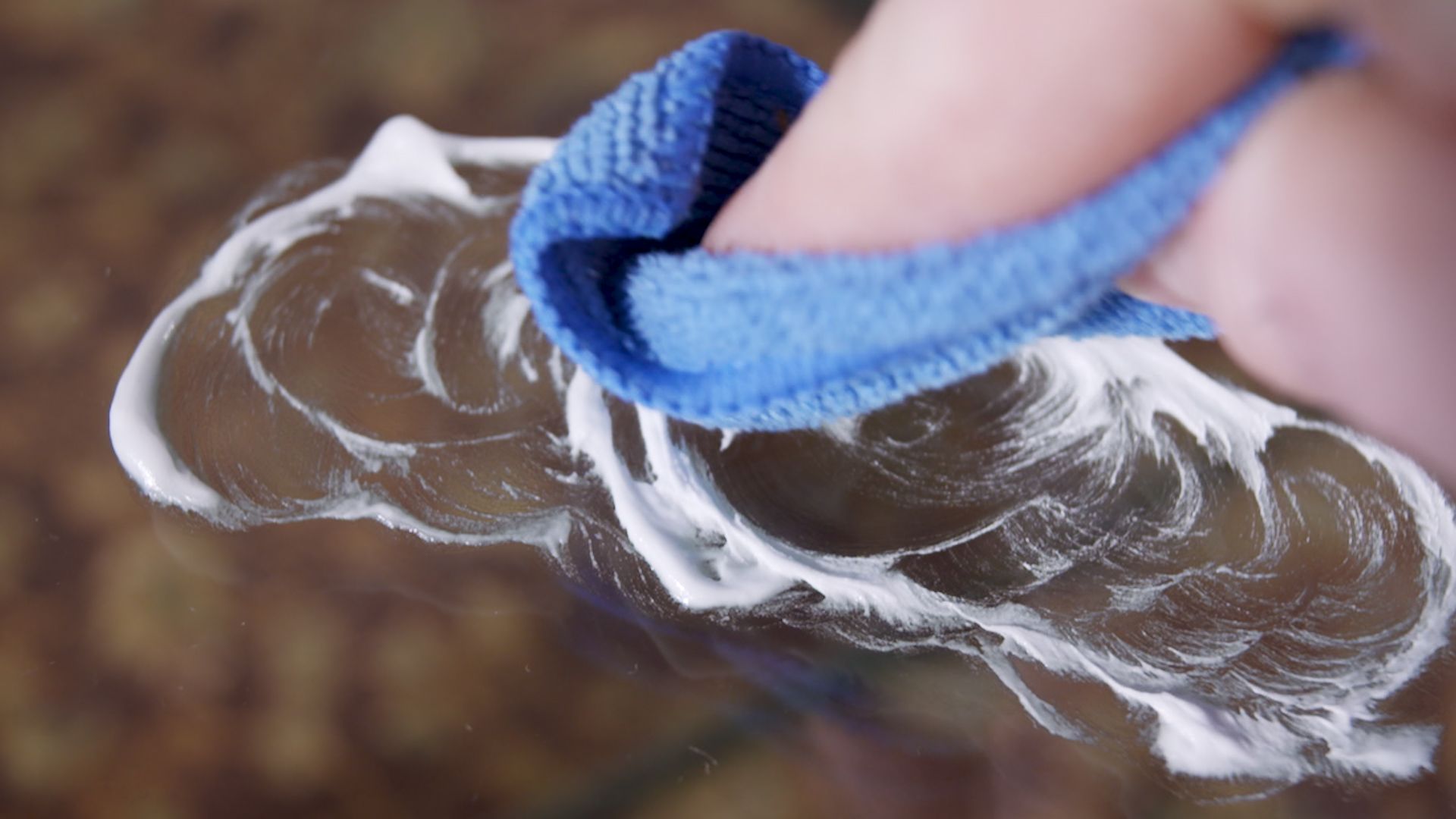
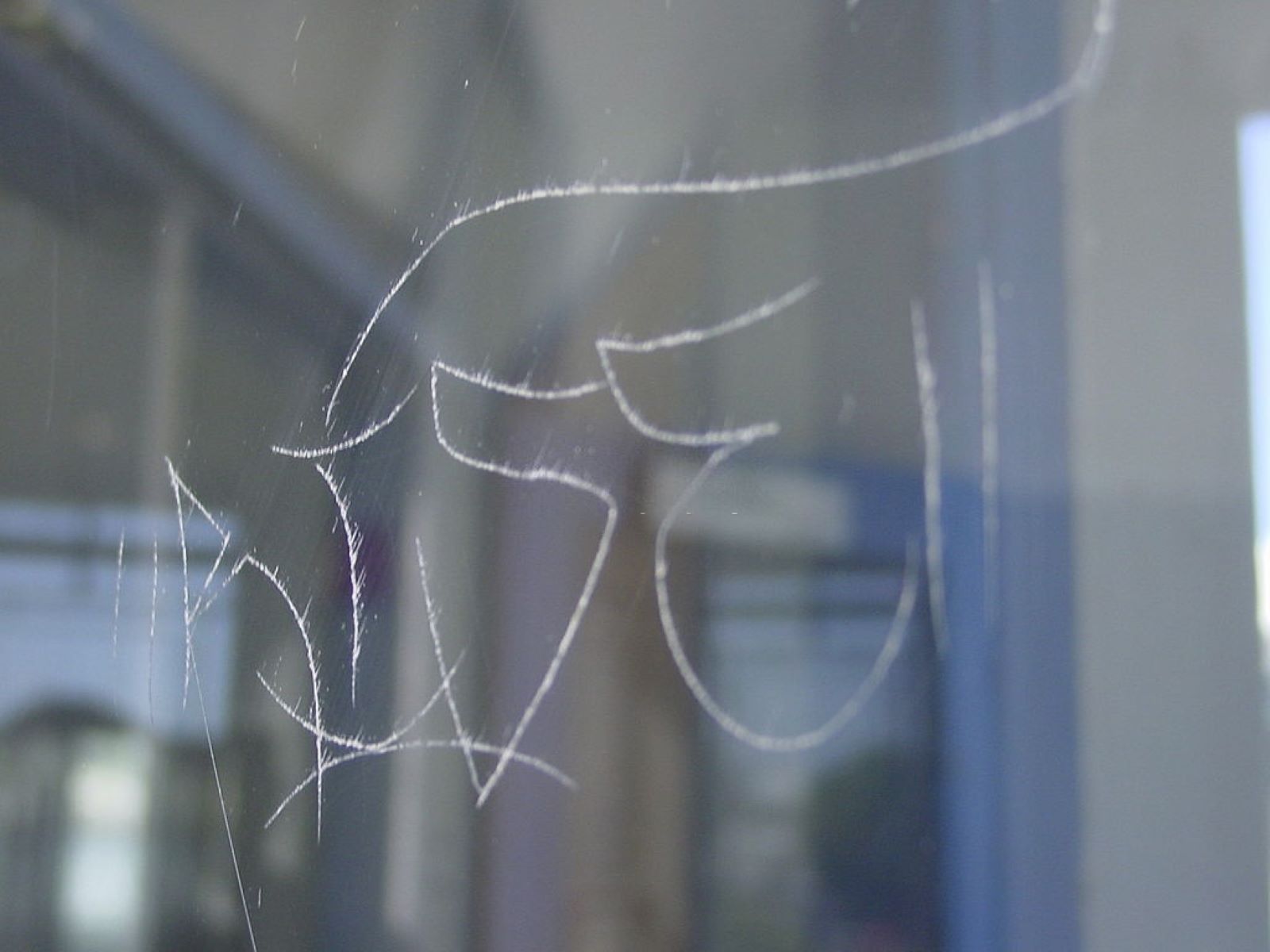
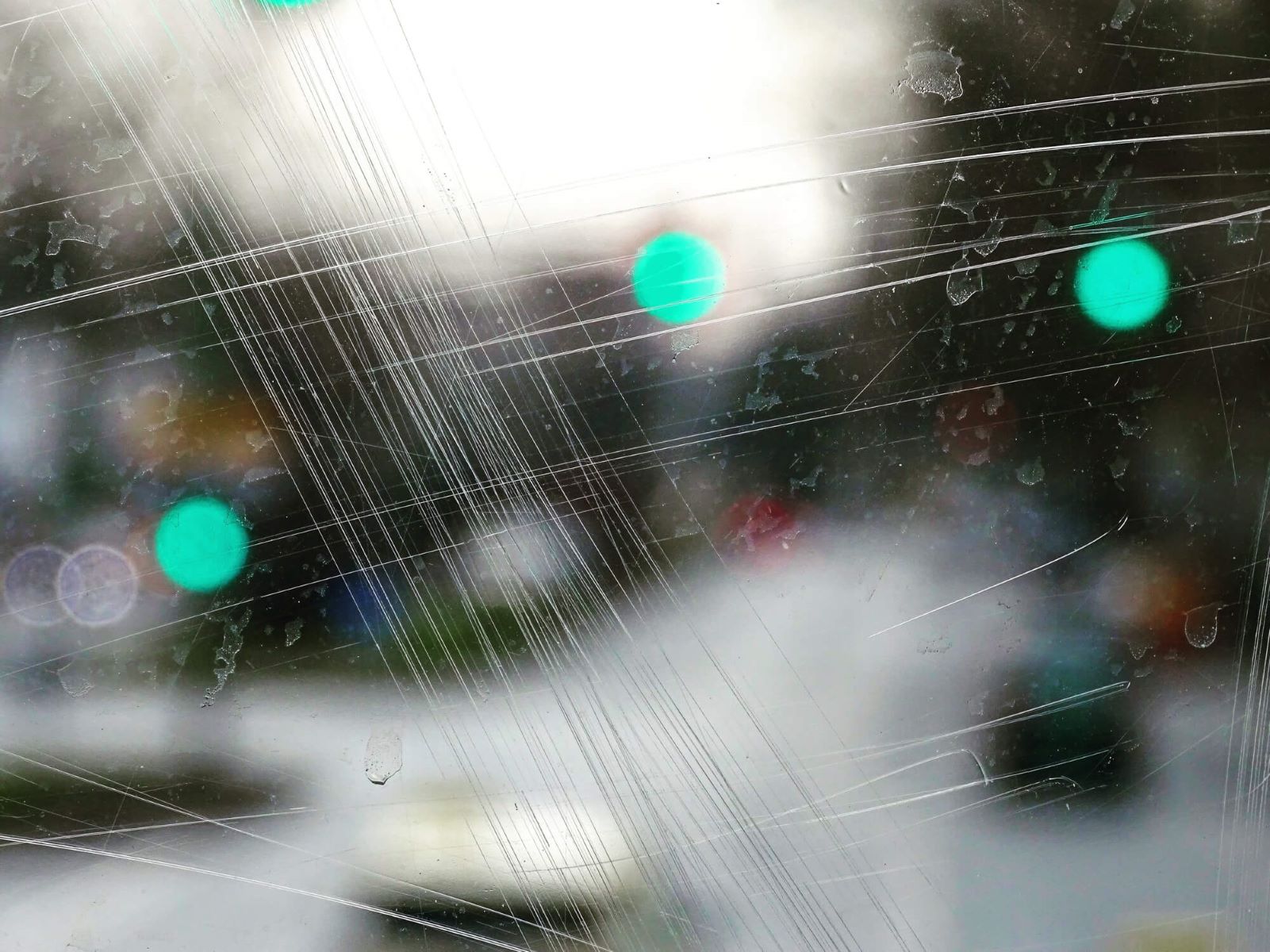
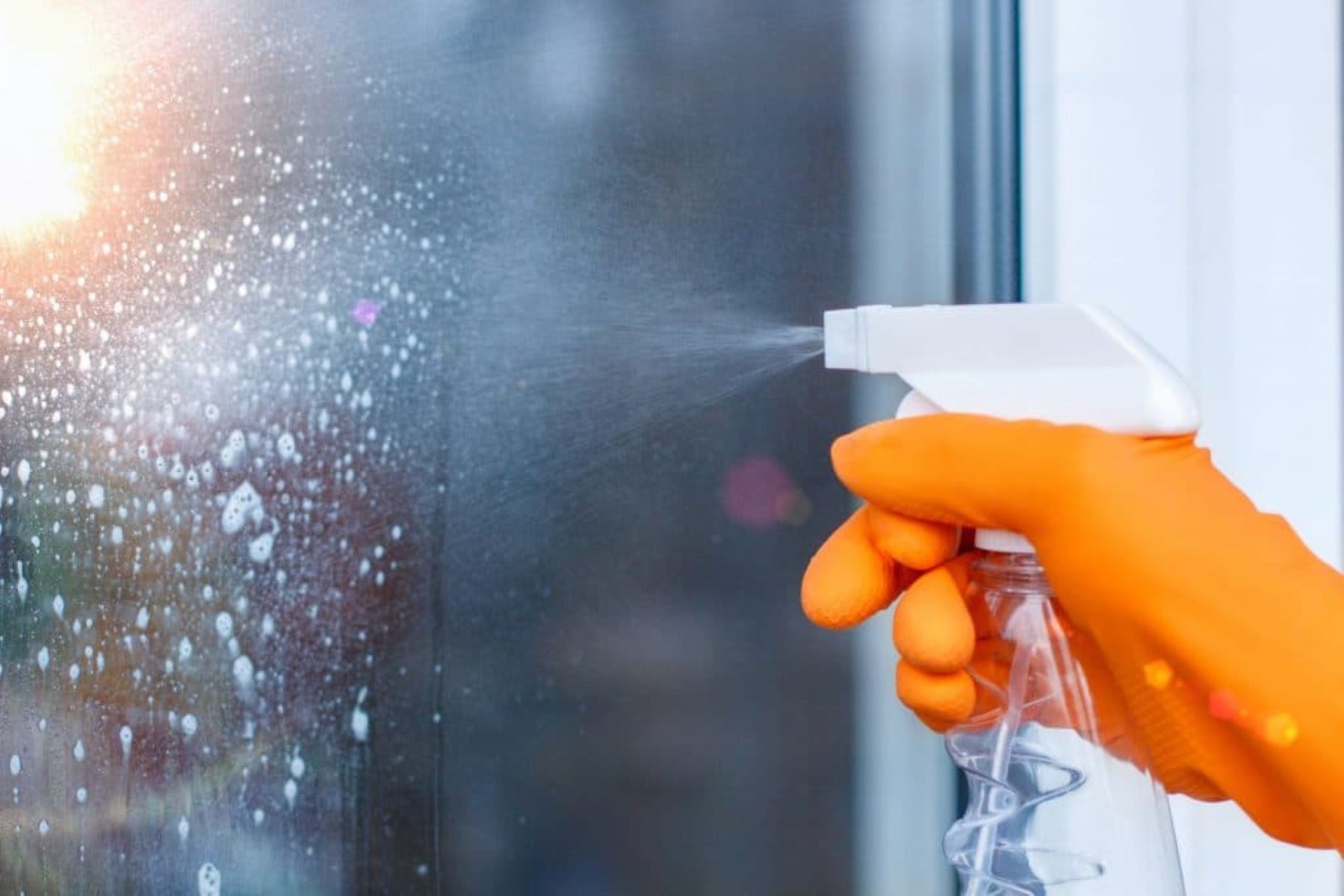
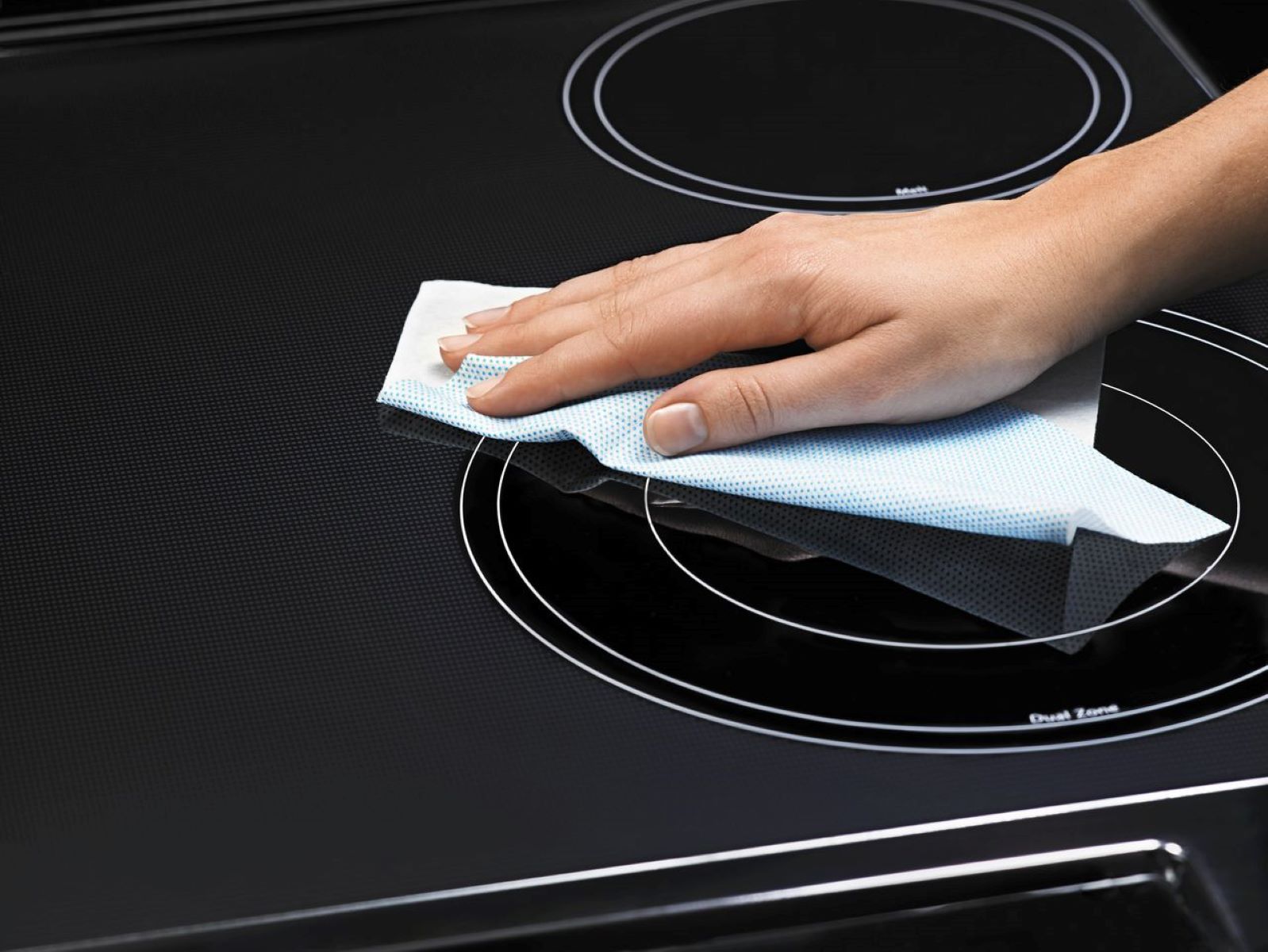
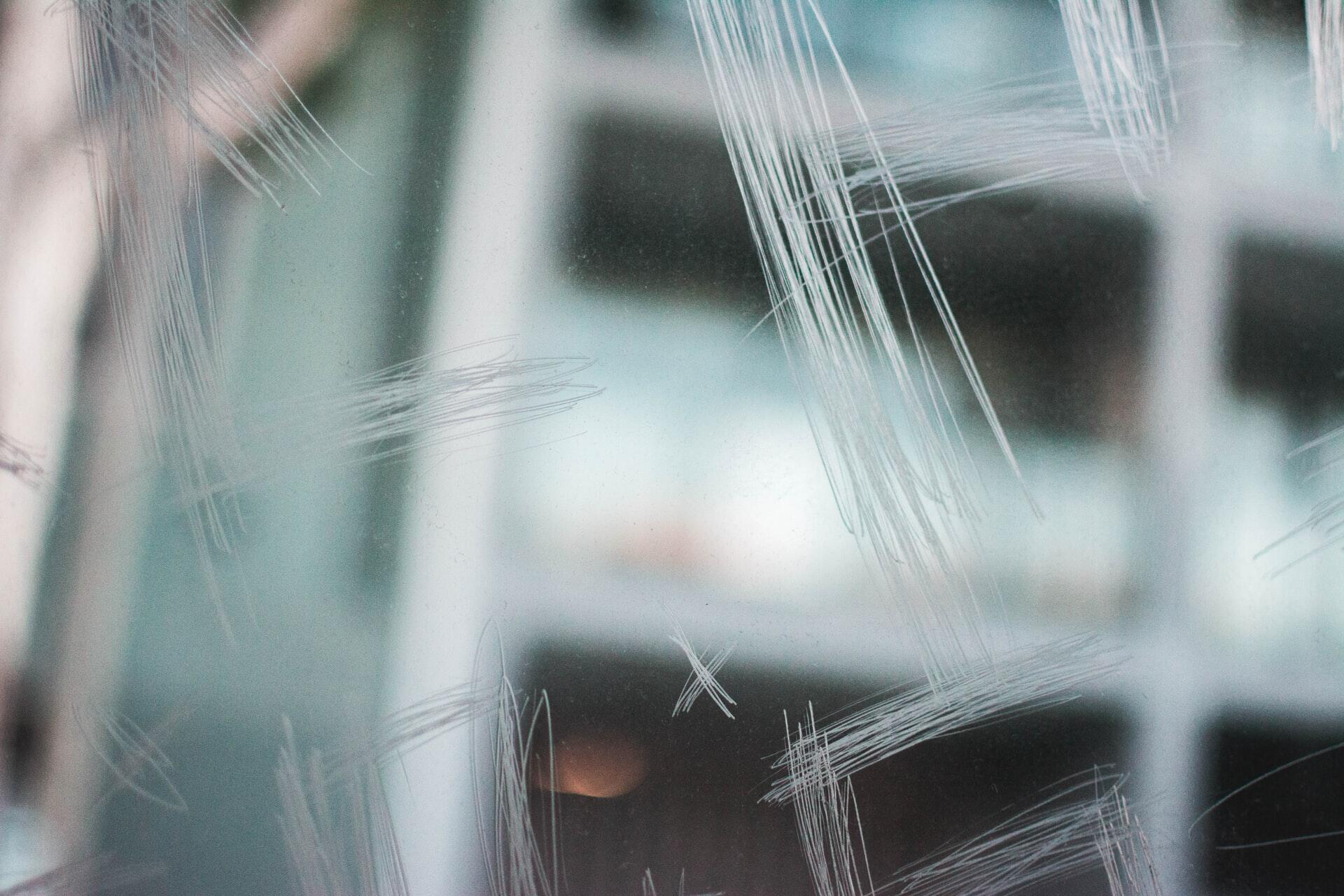
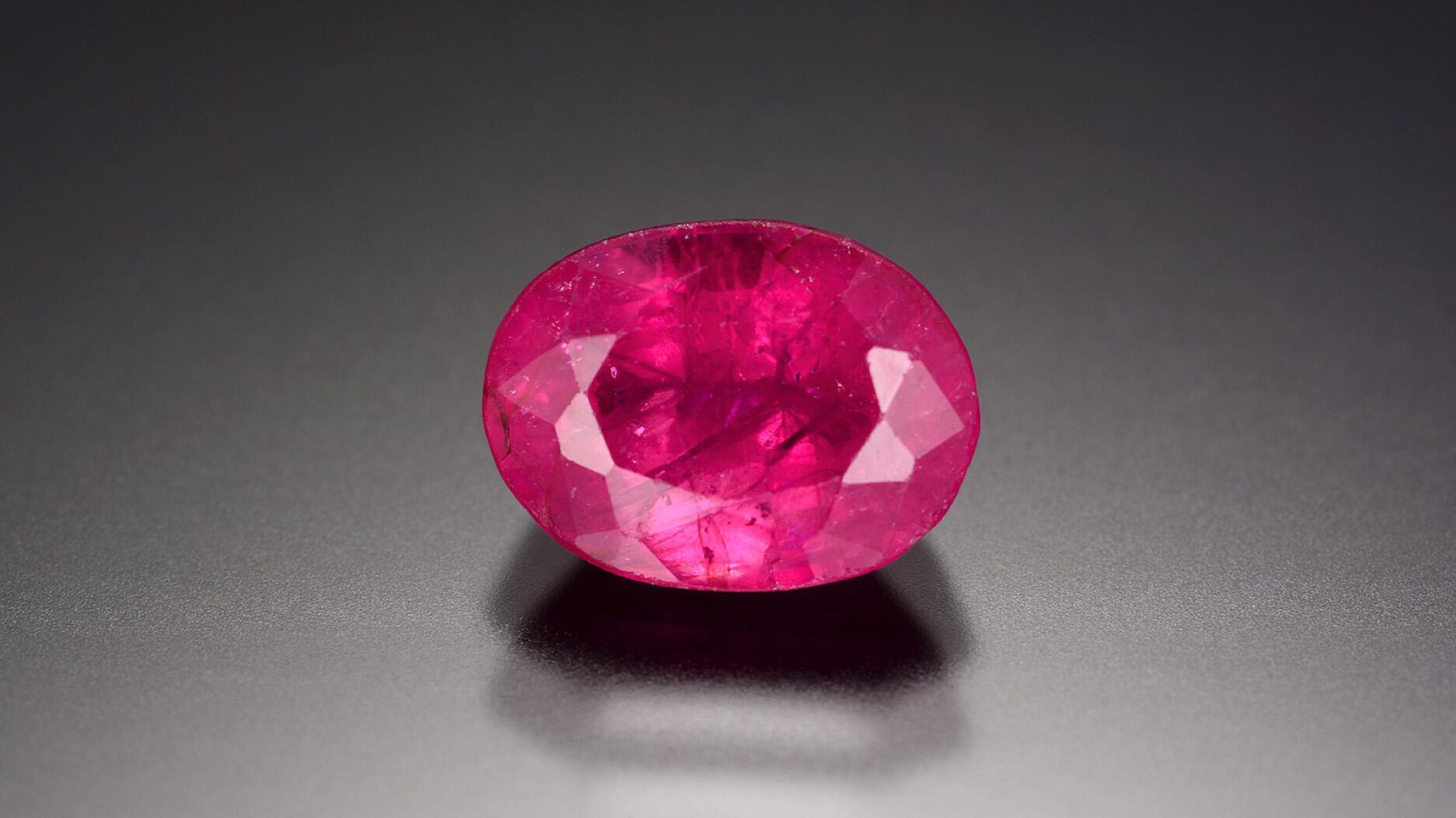
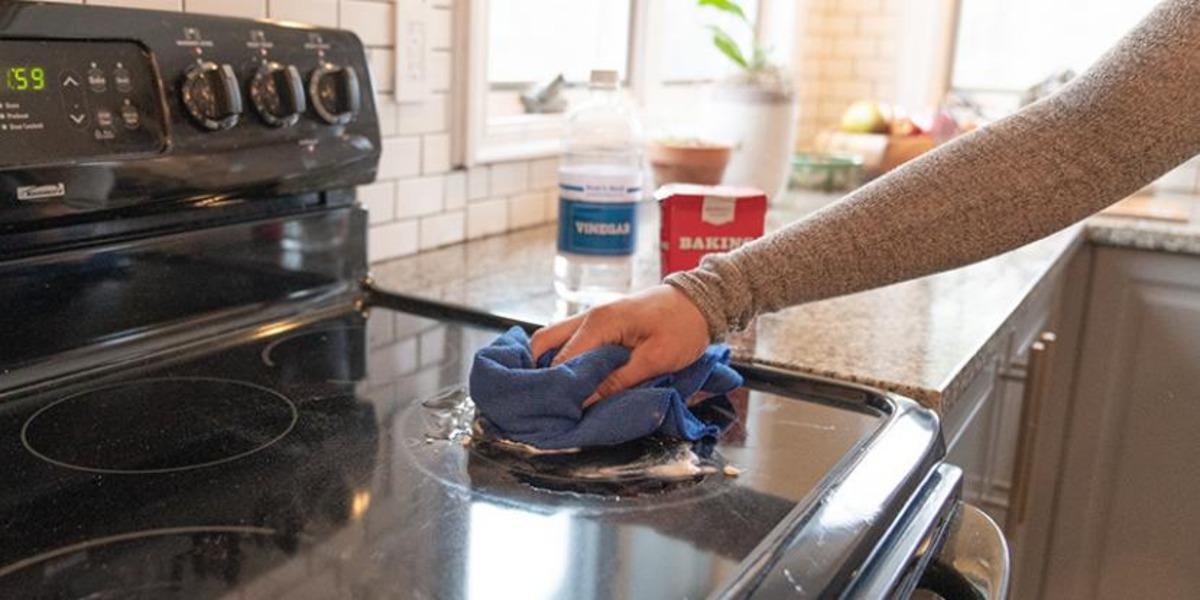
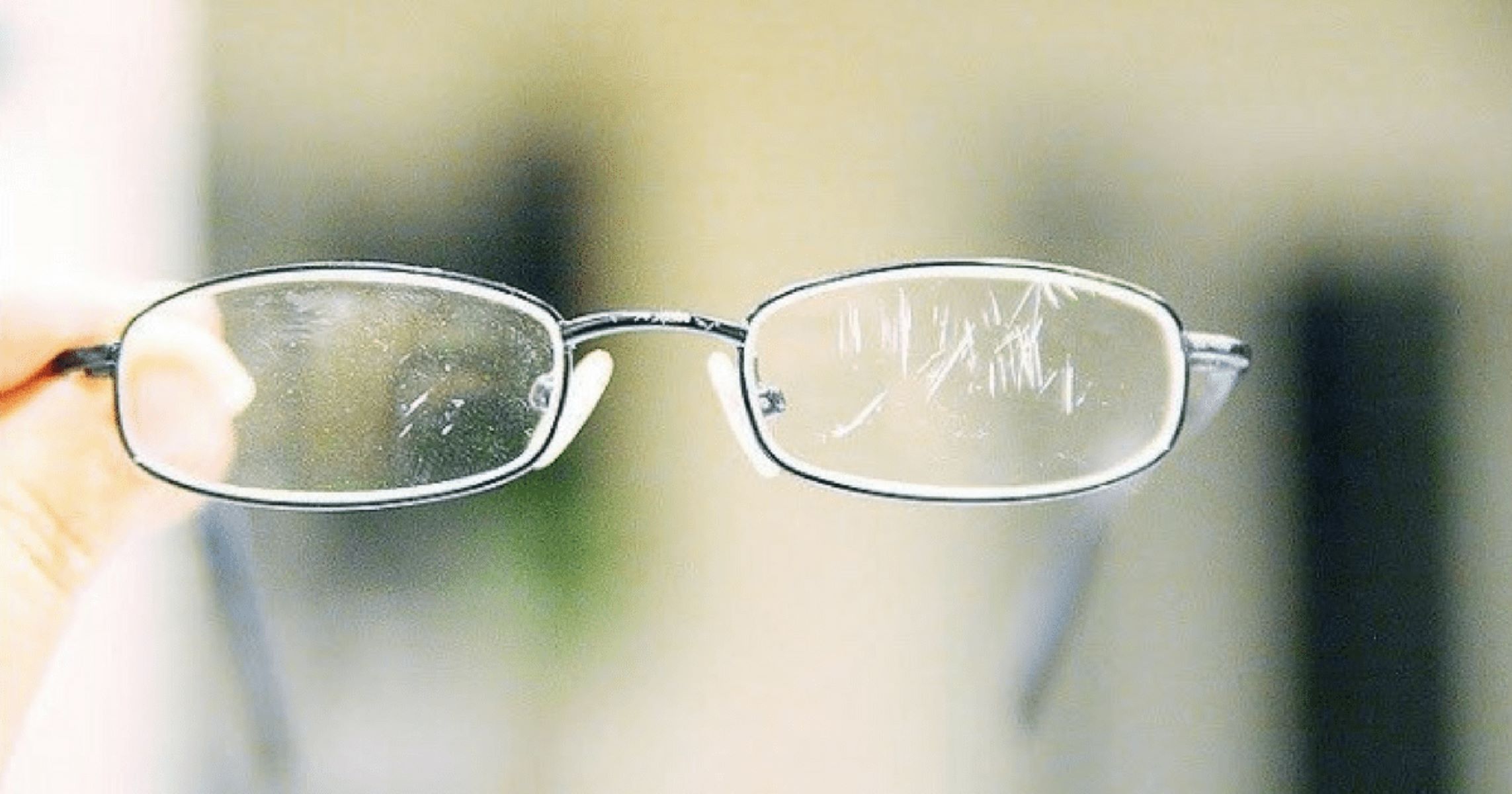
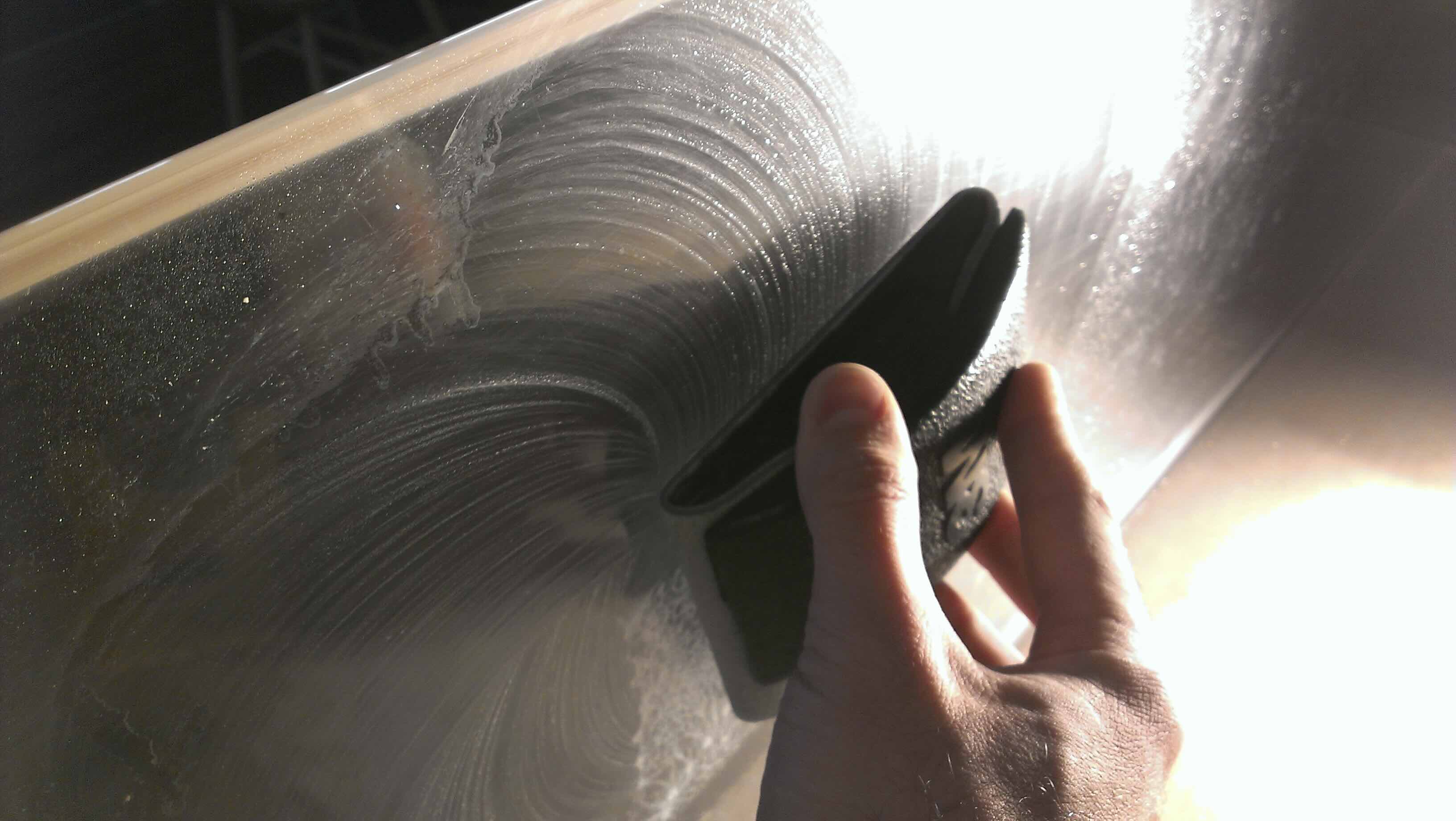
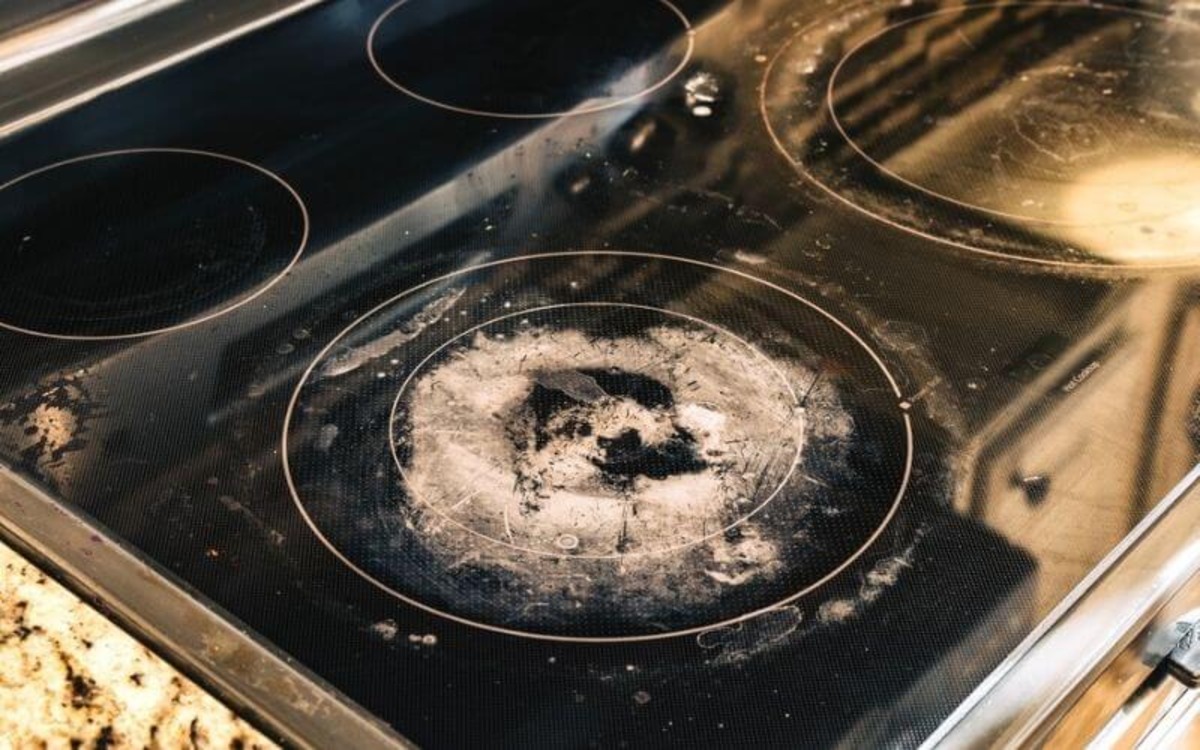

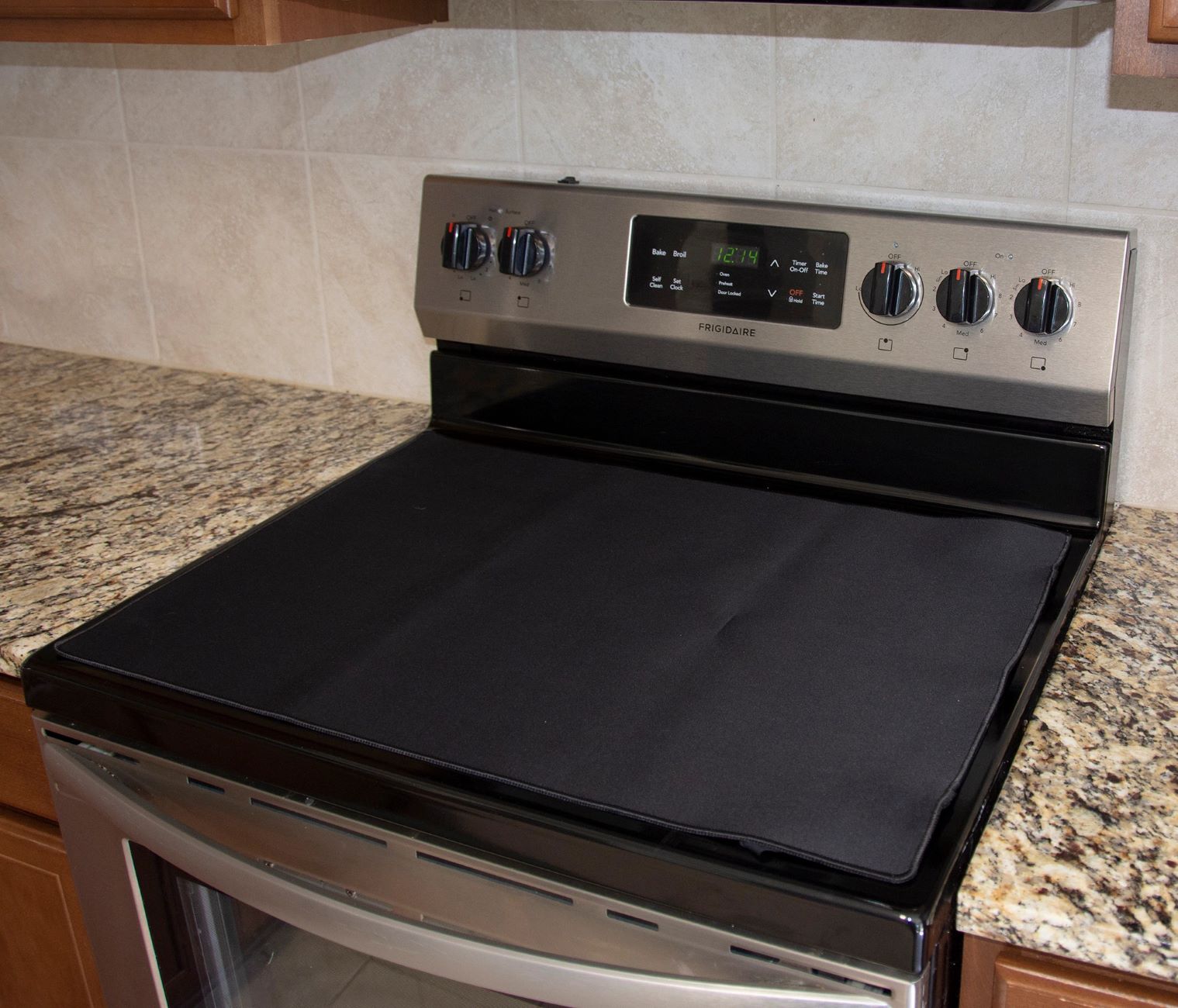


0 thoughts on “How To Fill Scratches In Glass”